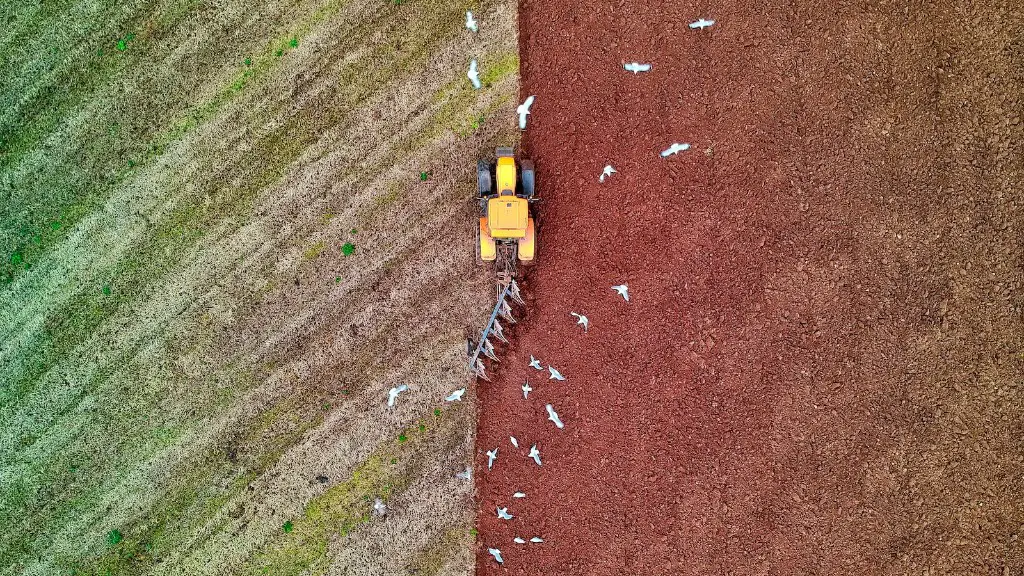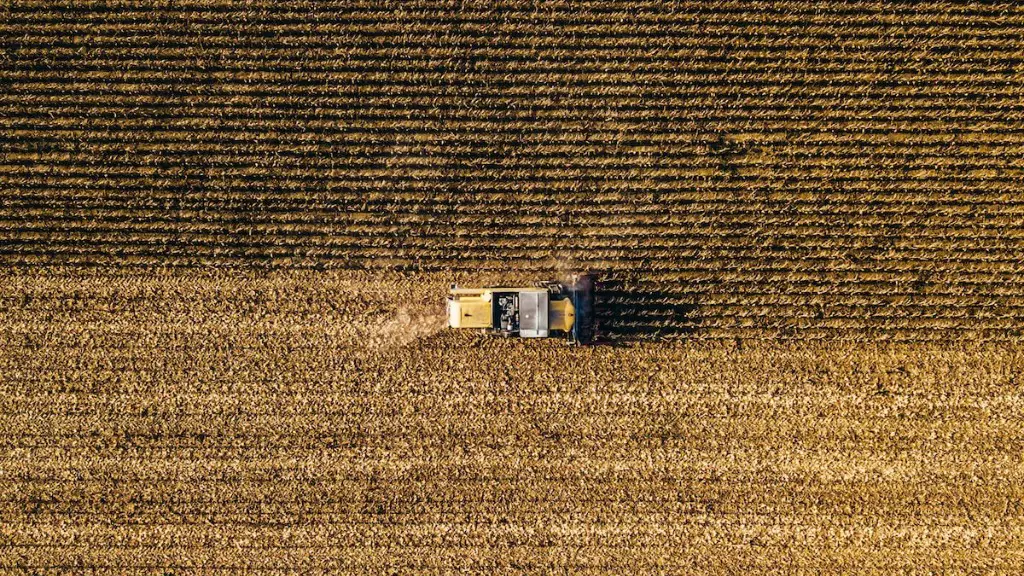Storing water efficiently for agricultural purposes is a key component of ensuring environmental sustainability in farming practices. The need to maximize water usage and protection of the environment require careful consideration when designing water storage solutions. This article provides an overview of the various considerations for the storage of water for agricultural applications, including storage capacity, location and design of structures, water quality, and associated cost.
Storage Capacity
Store water for agricultural use must be sized appropriately for the local environment and use. It must be large enough to store an adequate amount of water without overflowing during significant rainfall events, or causing water to backflow into the larger regional stream. It must also be small enough to maintain sufficient storage for the area of land being farmland and meeting the needs of the crops and other irrigational needs. Factors such as the local climate, crop water requirements, cultural practices and irrigation techniques, as well as aesthetic considerations, must all be taken into account when determining the optimal capacity of water storage.
Location and Design of Structure
Where the water is to be stored is an important consideration. Ideal locations are those that are accessible to users and equipment, as well as having a low potential for contamination. Careful consideration should also be taken as to whether a concrete-walled, earthen-walled, or embankment-style reservoir is most appropriate for the area. For reservoirs intended for irrigation, there should also be a robust and reliable system for distributing the water, such as the use of pumps or a gravity-fed system.
Water Quality
The water stored for agricultural applications must be clean and free of contaminants that can be harmful to crops or livestock. Depending on the source, it may be necessary to install filtration and purification systems before the water can be stored. Furthermore, reservoirs should also be implemented with appropriate control measures, including the adequate installation of silt curtains, settling basins and aerators, to ensure water quality is maintained over time.
Associated Cost
The cost to store water for agricultural applications depends on a number of factors, including the type, size and location of the structure, as well as the local labour costs, availability of materials and purchase of any additional equipment. More complex systems may incur higher costs due to the need for additional labour, construction materials and maintenance. Therefore, careful consideration must be taken to ensure the associated cost of storing water is within the budget of the farming enterprise.
Further Considerations
When considering the storage of water for agricultural applications, it is also important to take into account the potential impacts on water sources and overall water management. This includes the monitoring of water levels and the associated regulations, such as the requirement for water permits from local authorities.
Lining of Reservoirs
Lining of reservoirs assists to reduce seepage loss and therefore ensures that more water is available for use in agricultural applications. There are a range of options available for the lining of reservoirs, such as clay liners, synthetic liners and natural geomembranes. Selection of a suitable lining arrangement should be based on factors such as the location of the reservoir, local climate, expected flow volume and the potential for water pollution.
Outlet Control
Outlet control structures must also be an integral part of effective water storage for agricultural applications. Outlet control structures help to create a steady supply of water for crops and other uses, as well as helping to protect downstream communities from flooding. The selection of an appropriate system should be based on the type and size of the reservoir, as well as consideration of the needs of the irrigators.
Environmental Considerations
In addition to the considerations already outlined, when designing a water storage system for agricultural applications, it is important to ensure that the impact on the environment is minimal. This includes ensuring that the presence of the reservoir does not cause disruption to the surrounding wildlife, drainage, or aquatic habitats. Wherever possible, naturally occurring resources should be maintained and incorporated into the local ecosystem. additionally, systems should be set up that promote the sustainability of the water storage and uses over time.


